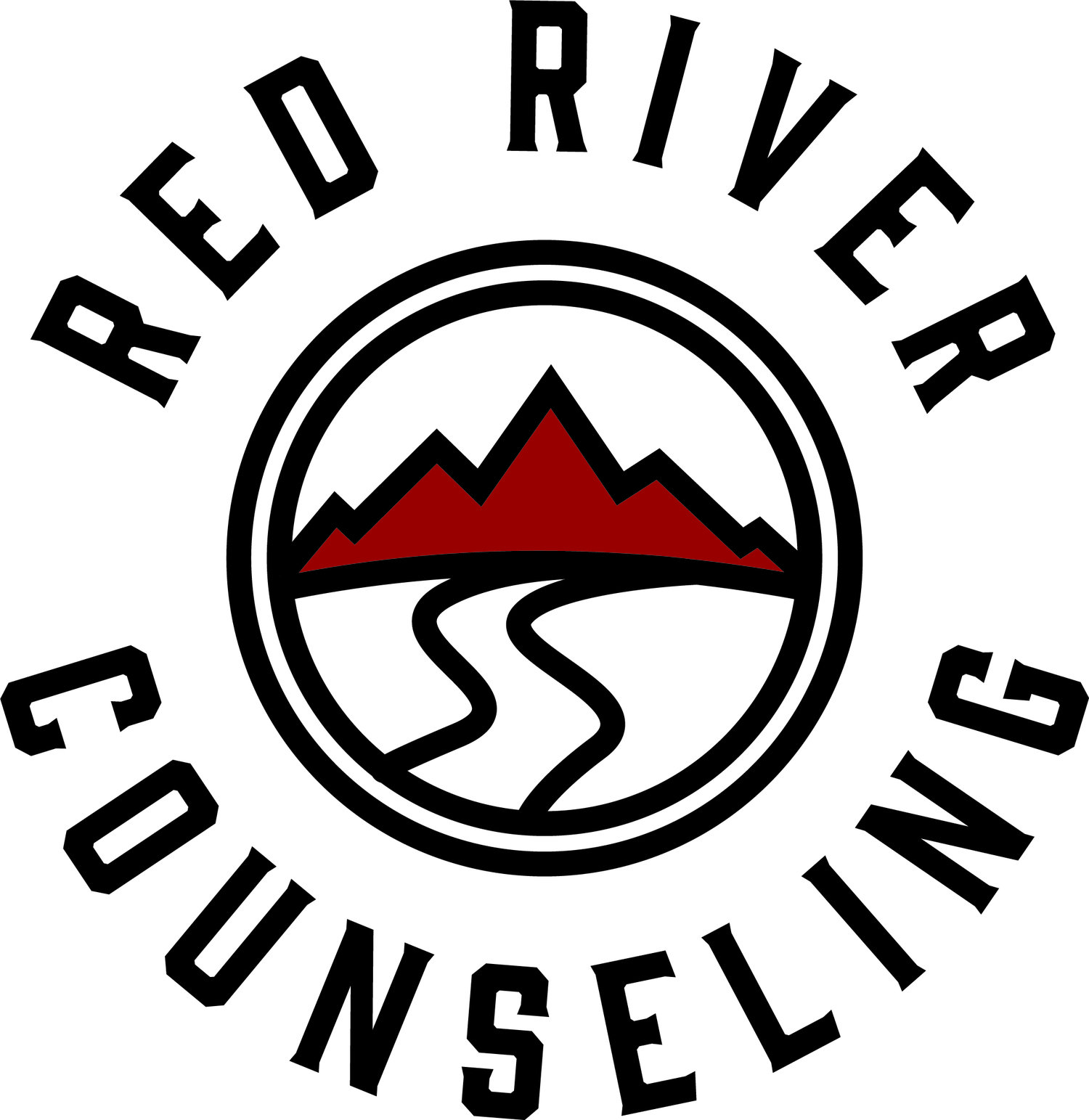Moving Toward Forgiveness: A Four-Step Process
/Disclaimer: Forgiveness is a topic that needs wisdom, nuance, and a lot of qualifications to write about. Unfortunately, a blog post does not give room for all that. The following is meant as a guide to move towards forgiveness for those who choose to do so - it is not demanding that you forgive or move on.
Forgiveness is one of those words that has been so thrown around that it often loses meaning. While at other times, it’s been an ideal that requires people to avoid, minimize, or justify another’s harmful behavior. Too often, forgiveness gets reduced to “just letting go” or “moving on” or “forgive and forget”, but anyone who has been deeply hurt knows it’s not that simple. The following is meant as a guide for those who want to move down the pathway of forgiveness.
Forgiveness is not a single moment, although sometimes there is a moment of clarity, but is better understood as a process. One that acknowledges the reality of pain and moves toward release in a way that honors both our wounds and our growth. Simply put, in order to forgive, we need to know what it is we are forgiving. Below is a four-step process I offer clients to help guide that journey.
Step 1: Name the Pain
The first step in forgiveness is honesty. You cannot forgive what you refuse to name. This means giving yourself permission to acknowledge the hurt — whether it came from betrayal, neglect, harsh words, abuse, or broken trust. Far too often the betrayed and wounded person is asked to minimize their pain as an effort to forgive - but this isn’t forgiveness, it’s more like forgetness, and it doesn’t lead to healing.
Many approaches to forgiveness emphasize compassion or empathy for the other person. Those are important, but before you can extend compassion outward, you need clarity inward. Naming the pain creates clarity around the pain that you are forgiving another for having caused, in order that you can accept and heal that pain yourself.
Ask yourself:
What exactly hurt me?
What was taken from me?
How has this affected my sense of self, safety, or relationships?
Step 2: Notice How I Handled the Pain
Next, reflect on how you’ve handled that pain. What did you do with it? Or how did you try to avoid it? We all try to manage hurt, but sometimes our strategies bring temporary relief while compounding the problem — withdrawing, lashing out, numbing, or replaying the offense over and over.
This step isn’t about shaming yourself. It’s about awareness. When you notice how you handled the pain, you start to see the story you’ve been living in and the ways the wound has shaped your actions.
Often, the painful event turns into a message. For instance, if a person was continuously let down by a parent, they might have picked up the message that they are ‘unimportant’ or ‘worthless’. It’s the message we tend to live out of which causes us issues later in life. In order to forgive (release), it’s vital to know what you are releasing, not just from another, but what you may have picked up yourself.
When I was first hurt, what did I do to cope?
Have I tried to ignore, numb, or distract myself from the pain? How?
Did I direct my hurt inward (self-blame, self-criticism) or outward (anger, withdrawal)?
What has been helpful in how I’ve responded? What hasn’t?
How has my way of handling the pain affected my relationships or my sense of self?
Step 3: Own the Pain
One of the harsh realities of adulthood is that even if the pain is not our fault, the responsibility for our healing still rests with us. That may feel unfair, but it is also where our power lies. I can’t wait on the offender to heal my pain - they often won’t, or can’t. Owning my pain means shifting from reaction to responsibility. You may not have chosen what happened to you, but you can choose how you carry it forward. This is where healing deepens.
Owning the pain is not excusing the offense. It’s not saying “it didn’t matter.” It’s saying: I will not deny this happened, and I will not let it dictate my future. By owning the pain, you reclaim power the wounding may have stolen from you.
Here the goal is empowerment — shifting from being defined by the wound to reclaiming agency. Reflection questions might include:
What part of this pain do I need to acknowledge as mine to carry and process?
In what ways have I allowed this pain to control my choices, identity, or outlook?
What would it look like for me to hold this pain with compassion rather than resentment?
What steps could I take to begin healing, regardless of what the other person chooses to do?
What boundaries or practices could help me carry this pain in a healthier way?
Step 4: Name What I Am Forgiving
Finally, forgiveness requires precision. General statements like “I forgive them” may feel hollow. Instead, specify: I forgive my father for not being there when I needed him. I forgive my friend for betraying my trust.
Naming what you are forgiving does two things:
It releases you from carrying the debt against them — which is different from excusing them from responsibility or consequences.
It frees you from carrying the weight of that debt into the future.
This doesn’t mean you have to reconcile or restore the relationship. Forgiveness is about your freedom, not their permission to re-enter your life. What you choose to do with your forgiveness is up to you, and I would highly encourage you to seek wisdom, counsel, and feedback from trustworthy people.
This is where forgiveness becomes specific and concrete. Reflection questions might include:
Who or what exactly am I forgiving?
What specific actions, words, or omissions am I releasing?
What “debt” do I feel this person owes me? (And am I ready to release that debt?)
Is there a part of myself I also need to forgive in this situation?
How will I know I’ve extended forgiveness in this area (what signs or feelings would mark that shift)?
Final Thoughts
And remember, forgiveness is often something we revisit. Feelings of hurt may resurface, and that doesn’t mean you’ve failed — it just means the process continues. Forgiveness is not forgetting, excusing, or pretending something didn’t hurt. It’s a courageous process of naming, owning, and releasing — for your own sake. If you find yourself stuck in this process, counseling can help. Sometimes the wounds are too heavy to walk through alone, and having a safe place to process makes all the difference.

